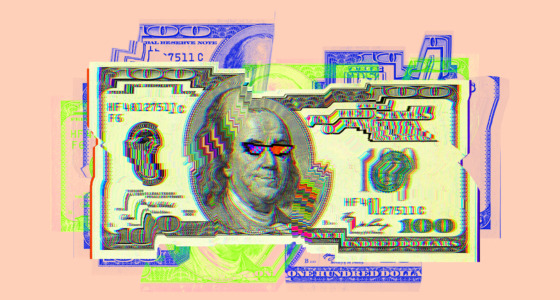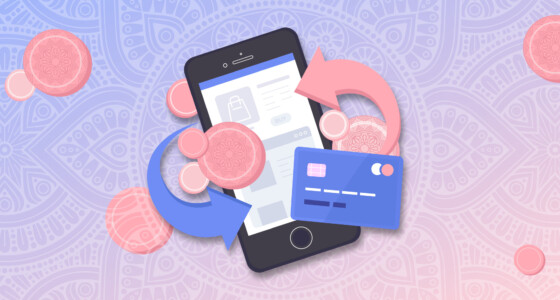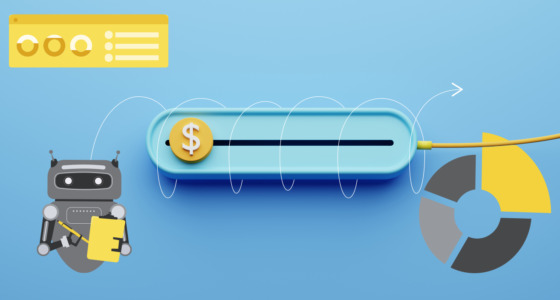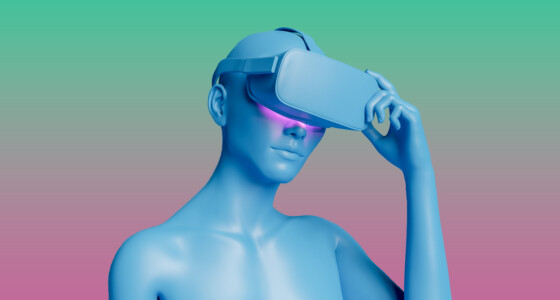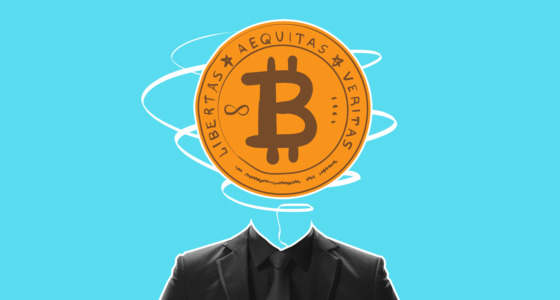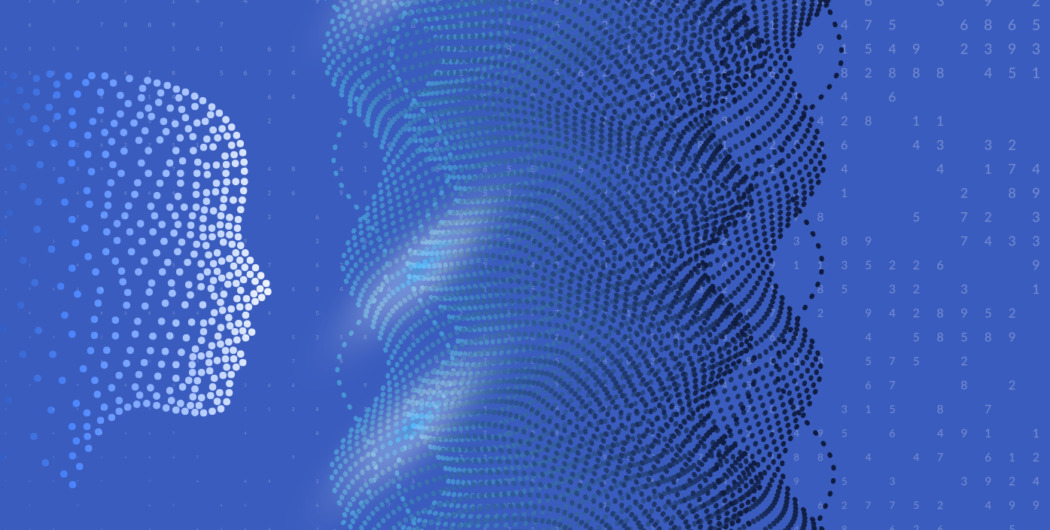

Artificial intelligence (AI) isn’t a new trend in trading. It has been on the market for around 40 years. It can be said that the first appearance of AI in the financial markets occurred in 1982 when the mathematician James Simons established the quantitative hedge-fund Renaissance Technologies. Today, there is a big question of whether AI will replace humans in the financial markets or if it will just increase traders’ chances for successful trades. Read on to examine the issue further.
Artificial intelligence in trading and investing
It’s hard to believe that traders drew charts by hand just a few decades ago. In the middle of the 1980s, exchanges provided data on file. Investors had to stand in a queue daily at 6 pm to get data files on a floppy drive and upload them into programs (if any were available).
At the same time, in the 1980s, over two-thirds of Fortune 1000 corporations had at least one AI project under development. Today, AI is widely used in financial markets.
Artificial Intelligence in trading on financial markets
Artificial intelligence is a big part of financial markets. It is capable of analyzing large amounts of data quickly and correctly. No person can analyze as much information as AI technologies do.
AI in trading and investing in financial markets contributes to:
- Equalizing prices between sites
- Smoothing the dramatic jumps in prices
- Providing liquidity
- Distributing risk
- Establishing fair prices
- Automating routine trading operations
What is the role of artificial intelligence in trading?
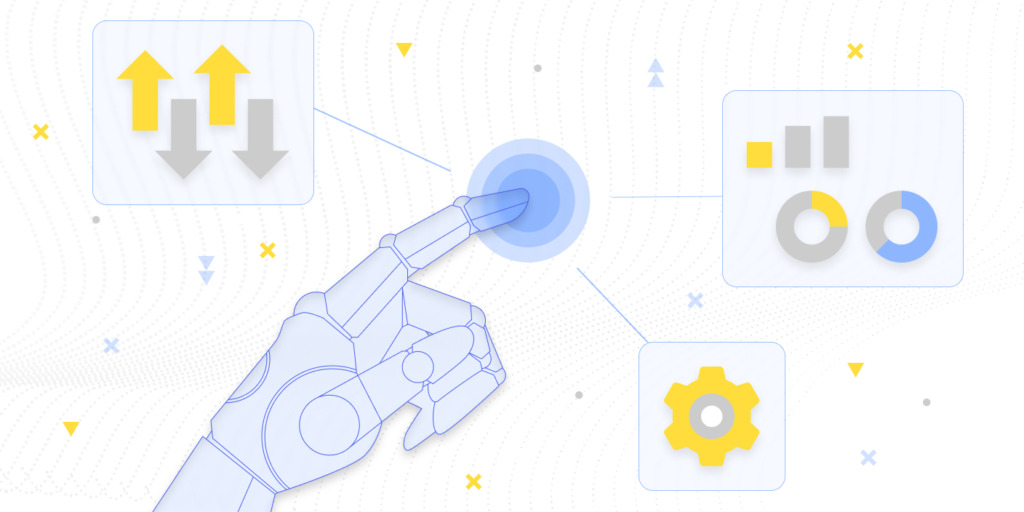
Artificial intelligence in algorithmic trading is trending today. The popularity of algorithmic trading on exchanges caused the emergence of high-frequency trading.
1. Price forecast
Traders apply different indicators and patterns to predict the price direction. However, not just people can learn technical tools. A bot can also be taught to catch market movements and signals and execute trades. Therefore, AI is used by traders to predict the price direction correctly so that they can maximize returns. Programmers, mathematicians, and analysts cooperate in developing trading bots that execute operations on algorithms and data provided.
2. New technical tools
Technical analysis considers statistical data that shows how the market behaved in the past. This allows for the development of patterns and technical indicators. Aside from algorithmic trading, AI can be used to develop new technical indicators and polish old ones. Although it’s best to apply tools that have confirmed their effectiveness, technologies should develop.
Many analysts, especially beginners, continue analyzing the market movements manually, looking for certain patterns and evaluating fundamental factors. However, today, you don’t need to develop a bot yourself. The involvement of AI technologies in the trading industry contributed to the creation of new jobs for bot developers. If you have a well-developed strategy, you can ask one to create a bot that will find certain requirements in numerous markets.
3. Potential trades
Another way to implement AI in trading is to create potential trades. You can backtest strategies using historical data and create potential market conditions that will show whether the strategy will work. It’s a very useful option that makes trading more effective.

Pros and cons of AI in trading
Artificial intelligence has benefits and pitfalls. Therefore, not all traders use it.
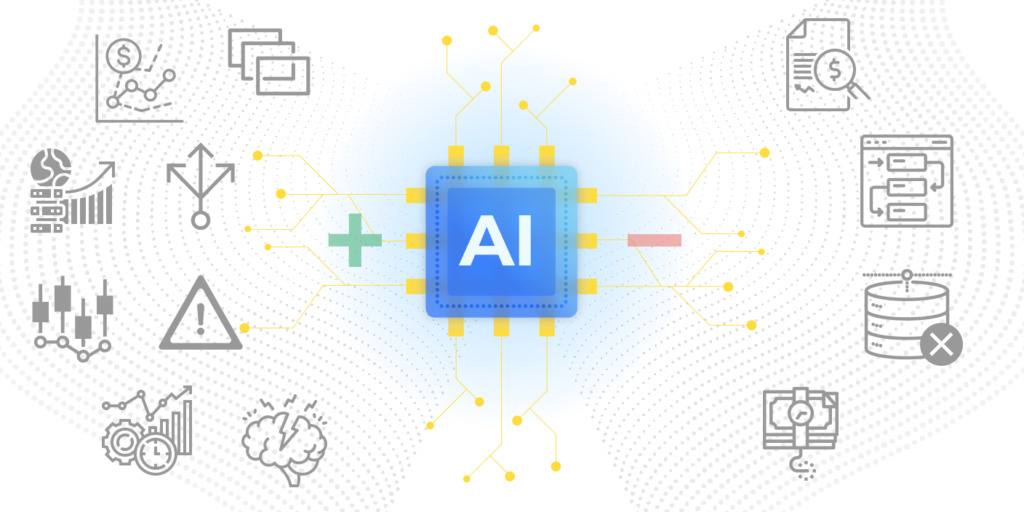
Benefits
- Numerous markets. When trading, you look for trading opportunities on a few markets because you simply don’t have the ability to cover more. Bots look for suitable conditions in various markets simultaneously.
- Price predictions. Artificial intelligence can forecast consumer and market behavior considering historical data.
- Trading signals. AI is applied to provide trading signals based on pattern analysis, price rates, global indices, etc.
- New strategies. Bots can use written trading strategies and build new ones using pre-trade analytics.
- Market deviations. AI can help traders define market anomalies.
- Risk reduction. Artificial intelligence can lower operational risks and risks caused by increased market volatility.
- Trade impact. It’s possible to analyze the potential impact of a trade. This feature is essential for institutional investors as they operate large sums, significantly affecting price movements.
- No emotions. Traders make mistakes because of emotions. AI technologies don’t have emotions. This reduces the risk of loss.
- A large number of transactions. AI increases the speed of trade execution and the number of transactions.
- Data exchange. AI programs can transfer knowledge and models from one task to other target tasks where there is insufficient data.
- Efficiency development. Save trader resources that could be redirected to more creative and highly intelligent tasks.
- Market behavior. AI helps analyze the behavior of competitors and clients in real-time and respond to changes.
Pitfalls
- Fundamental factors. AI doesn’t consider fundamental events and can’t evaluate market sentiment. Written algorithms use general rules that should be reconsidered when the price movements are outstanding.
- Risk of mistakes. Technologies also make mistakes. Although they follow certain rules and don’t have emotions, there can be a failure even in highly trusted algorithms. In 2010, the stock market lost trillion dollars due to algorithmic error.
- High dependence on reliable technology infrastructure. The correctness of machines’ work depends on the infrastructure. Even a slow internet connection can lead to losing trades.
- Too much data. Trading algorithms can be fed with too much historical information. Therefore, there is a risk of overfitting. As a result, trading strategies can become inflexible in the present and future conditions. This makes backtesting unreliable.
Final thoughts
Artificial intelligence in trading has a high adoption rate. It provides objectivity, accessibility, and speed— all of which are so important for traders. Meanwhile, its impact should be constantly monitored due to risks of errors and too large involvement in the industry. AI is mainly used by big market players because they operate significant funds and open numerous trades within a short period. However, small retail investors are becoming involved in AI trading, too.



